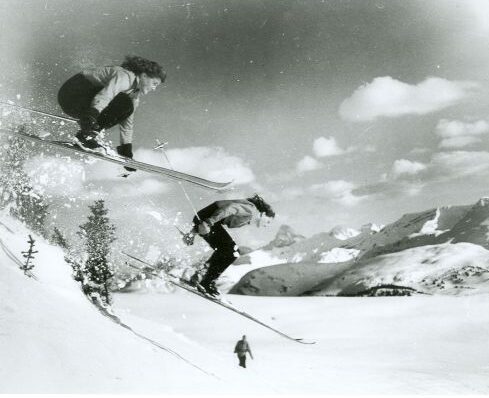As we time-travel back in our minds, we can put ourselves into the shoes of the first pioneers of skiing, a sport first founded 22,000 years ago. While it’s hard to imagine any sport dating that far back in history, researchers have actually stumbled upon cave drawings to prove it! The oldest ski fragments were found in northern Russia around 6000 BC.
Fun fact: since the 18th century, skiing in Eurasia would go on to evolve into many disciplines for both military and sport. Meanwhile in North America, snowshoes entered the scene as its technical equivalent, with the idea of skiing reaching Canada through the tales of Scandinavian Immigrants in the late 19th and early 20th centuries, who shared their interpretation of the sport from coast to coast. Canadians would go on to embrace, adopt, innovate, evolve and compete in these various disciplines shortly after its arrival in North America.
